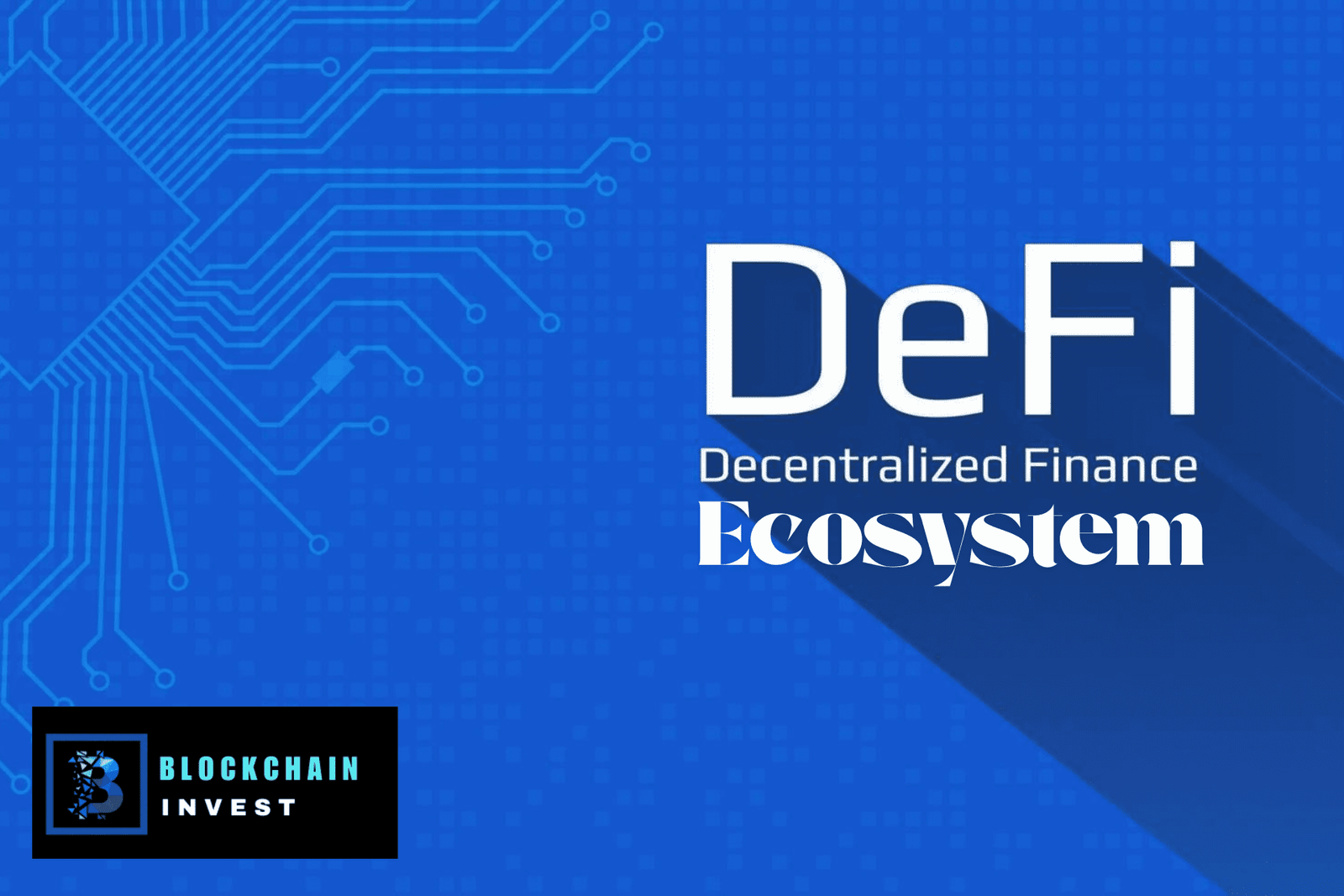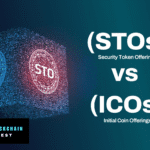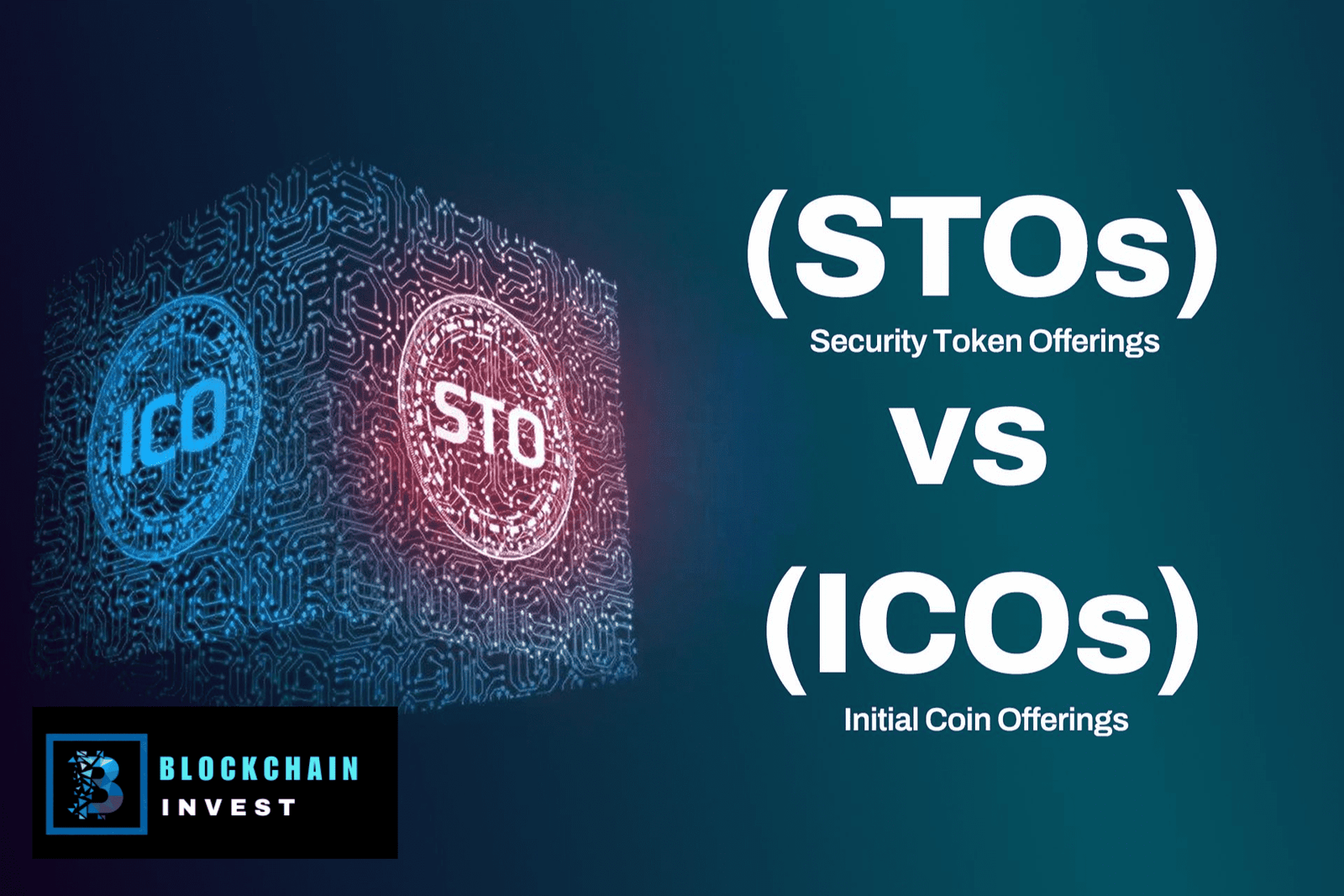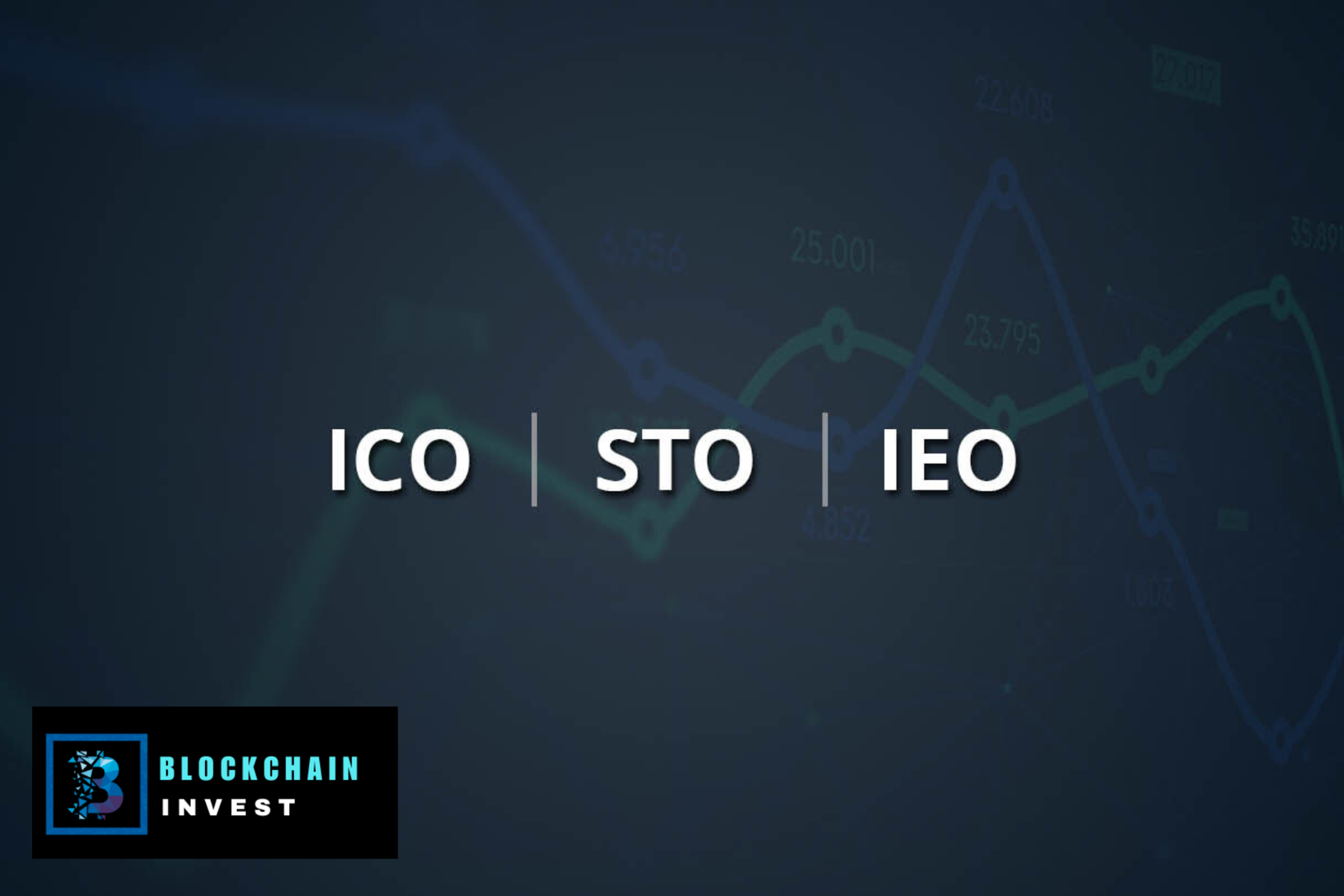How to Launch an STO for Startups? A Step-by-Step Guide to Security Token Offerings
Here’s What’s Inside This Blog Post1 Step 1: Define Your STO’s Purpose and Asset Backing2 Step 2: Navigate Regulatory

Here’s What’s Inside This Blog Post
- 1 Step 1: Define Your STO’s Purpose and Asset Backing
- 2 Step 2: Navigate Regulatory Compliance
- 3 Step 3: Develop the Security Token
- 4 Step 4: Partner with a Regulated Exchange or Platform
- 5 Step 5: Create a Comprehensive Marketing Strategy
- 6 Step 6: Engage Investors and Build Community Trust
- 7 Step 7: Launch and Manage the STO
- 8 Challenges and Considerations for STOs
- 9 Conclusion: Launching a Successful STO
Security Token Offerings (STOs) have quickly gained traction as a compliant and credible way for startups to raise capital in the blockchain ecosystem. Unlike ICOs, which often exist in regulatory grey zones, STOs issue tokenized securities that represent real assets like equity, dividends, or debt instruments—making them far more attractive to serious investors. For startups looking to merge innovation with legal compliance, launching an STO can unlock access to institutional funding, broader investor trust, and long-term scalability. Here’s a comprehensive guide on how to launch an STO for your startup, along with the major key facts and steps involved.
Step 1: Define Your STO’s Purpose and Asset Backing
The first step in launching an STO is to clearly define the purpose of your fundraising and the asset backing your security tokens. Unlike utility tokens in ICOs, STO tokens must represent ownership in a real-world asset, such as company equity, real estate, or intellectual property. Startups should articulate how the raised funds will be used—whether for product development, scaling operations, or market expansion—and ensure the asset’s value is transparent.
For example, a startup tokenizing real estate might offer tokens tied to property ownership or rental income. Create a detailed business plan and whitepaper outlining the project’s vision, financial projections, and tokenomics, including token supply, pricing, and investor benefits. A clear purpose and asset-backed structure build investor trust and align with regulatory requirements, setting a strong foundation for your STO.
Regulatory compliance is the cornerstone of a successful STO, as security tokens are subject to securities laws in jurisdictions like the U.S., EU, or Switzerland. Start by consulting legal experts specializing in blockchain and securities to identify the appropriate regulatory framework, such as the U.S. SEC’s Regulation D for accredited investors or Regulation S for international offerings. Conduct Know Your Customer (KYC) and Anti-Money Laundering (AML) checks to verify investor identities, ensuring compliance with global standards.
For instance, in 2018, the SEC fined non-compliant STOs, emphasizing the need for proper registration. File necessary disclosures, such as Form D in the U.S., and obtain approvals from relevant authorities. Partnering with platforms like Polymath or Securitize can streamline compliance, as they offer tools for regulatory filings and investor verification, reducing legal risks and enhancing credibility.
Step 3: Develop the Security Token
Creating a security token requires technical expertise to ensure it meets regulatory and functional standards. Choose a blockchain platform compatible with security tokens, such as Ethereum, which supports standards like ERC-1400 designed for STOs, or Tezos, known for its compliance-friendly features. Work with blockchain developers to code smart contracts that enforce token ownership, transfer restrictions, and dividend distribution, ensuring alignment with securities laws. For example, smart contracts can restrict token transfers to verified investors only. Conduct thorough audits of smart contracts to prevent vulnerabilities, as security flaws can erode investor confidence.
Platforms like tZERO provide tokenization services, simplifying the process for startups. Ensure your token includes features like profit-sharing or voting rights, making it attractive to investors while maintaining compliance.
Step 4: Partner with a Regulated Exchange or Platform
To facilitate token issuance and trading, partner with a regulated exchange or STO platform that supports security tokens, such as tZERO, OpenFinance, or Archax. These platforms provide infrastructure for token sales, investor onboarding, and secondary market trading, ensuring liquidity within a compliant framework. Unlike ICOs, which often list on public exchanges, STOs require regulated platforms to adhere to securities laws, limiting trading to verified investors. Negotiate listing fees, which can range from $50,000 to $200,000, and ensure the platform supports your target jurisdictions.
For example, in 2019, tZERO facilitated over $100 million in STO transactions, highlighting the importance of reputable platforms. A trusted exchange enhances investor confidence and provides access to a broader pool of accredited and institutional investors.
Step 5: Create a Comprehensive Marketing Strategy
A robust marketing strategy is essential to attract investors and promote your STO. Develop a professional website and whitepaper optimized for SEO, targeting keywords like “security token offering,” “STO for startups,” and “crypto fundraising.” Publish educational content, such as blog posts and case studies, to highlight your project’s value proposition and regulatory compliance. Leverage social media platforms like X to engage with crypto communities, sharing updates and hosting AMAs (Ask Me Anything) to build trust.
For instance, posting about your STO’s asset backing and compliance measures on X can attract investor attention. Partner with crypto influencers and authoritative media outlets like CoinTelegraph to amplify reach. Avoid overhyped claims, as transparency aligns with Google’s people-first SEO guidelines and builds credibility with sophisticated investors.
Step 6: Engage Investors and Build Community Trust
Successful STOs prioritize investor engagement and community building to drive participation. Host webinars, pitch events, and investor meetups to showcase your project’s potential and answer questions. Focus on accredited and institutional investors, as STOs are often restricted to these groups due to regulatory requirements. Provide clear documentation, including risk disclosures and financial projections, to foster transparency.
For example, real estate STOs like AspenCoin attracted millions by offering detailed investor reports. Build a community through platforms like Telegram or Discord, where you can share updates and address concerns. Engaging with investors early and maintaining open communication channels ensures trust, reduces skepticism, and encourages long-term investment in your project.
Step 7: Launch and Manage the STO
Once preparations are complete, launch your STO through your chosen platform, ensuring all regulatory approvals are in place. Monitor the token sale closely, tracking investor participation and funds raised. Use a secure wallet system to manage incoming funds, typically in stablecoins or fiat to minimize volatility. Provide regular updates to investors through email newsletters or platform announcements, maintaining transparency throughout the sale. After the STO, facilitate secondary trading on regulated exchanges to ensure liquidity, and continue complying with reporting obligations, such as quarterly financial disclosures.
For instance, STOs like BCAP by Blockchain Capital maintained investor trust through consistent post-sale communication. Effective management during and after the STO is crucial for sustaining investor confidence and project success.
Challenges and Considerations for STOs
Launching an STO comes with challenges, including high compliance costs, which can range from $100,000 to $500,000 for legal and auditing fees. Startups must also navigate varying regulations across jurisdictions, requiring localized legal expertise. Limited liquidity compared to ICOs, due to restricted trading on regulated exchanges, may deter some investors. Additionally, STOs often exclude retail investors, narrowing the investor pool.
To mitigate these challenges, startups should allocate sufficient budgets for compliance, choose jurisdictions with clear regulations (e.g., Switzerland or Singapore), and focus on institutional investors to maximize funding. Thorough planning and expert partnerships can help overcome these hurdles, ensuring a smooth STO launch.
Conclusion: Launching a Successful STO
Launching an STO offers crypto startups a regulated, credible way to raise capital, attracting institutional investors and ensuring long-term stability. By defining a clear purpose, navigating regulatory requirements, developing secure tokens, partnering with regulated platforms, and executing a robust marketing strategy, startups can successfully launch an STO. While challenges like high costs and limited liquidity exist, careful planning and expert partnerships can mitigate risks. With the STO market poised for significant growth, now is the time for startups to capitalize on this fundraising model. For further guidance, explore platforms like Polymath or consult blockchain legal experts to streamline your STO journey and achieve fundraising success.










